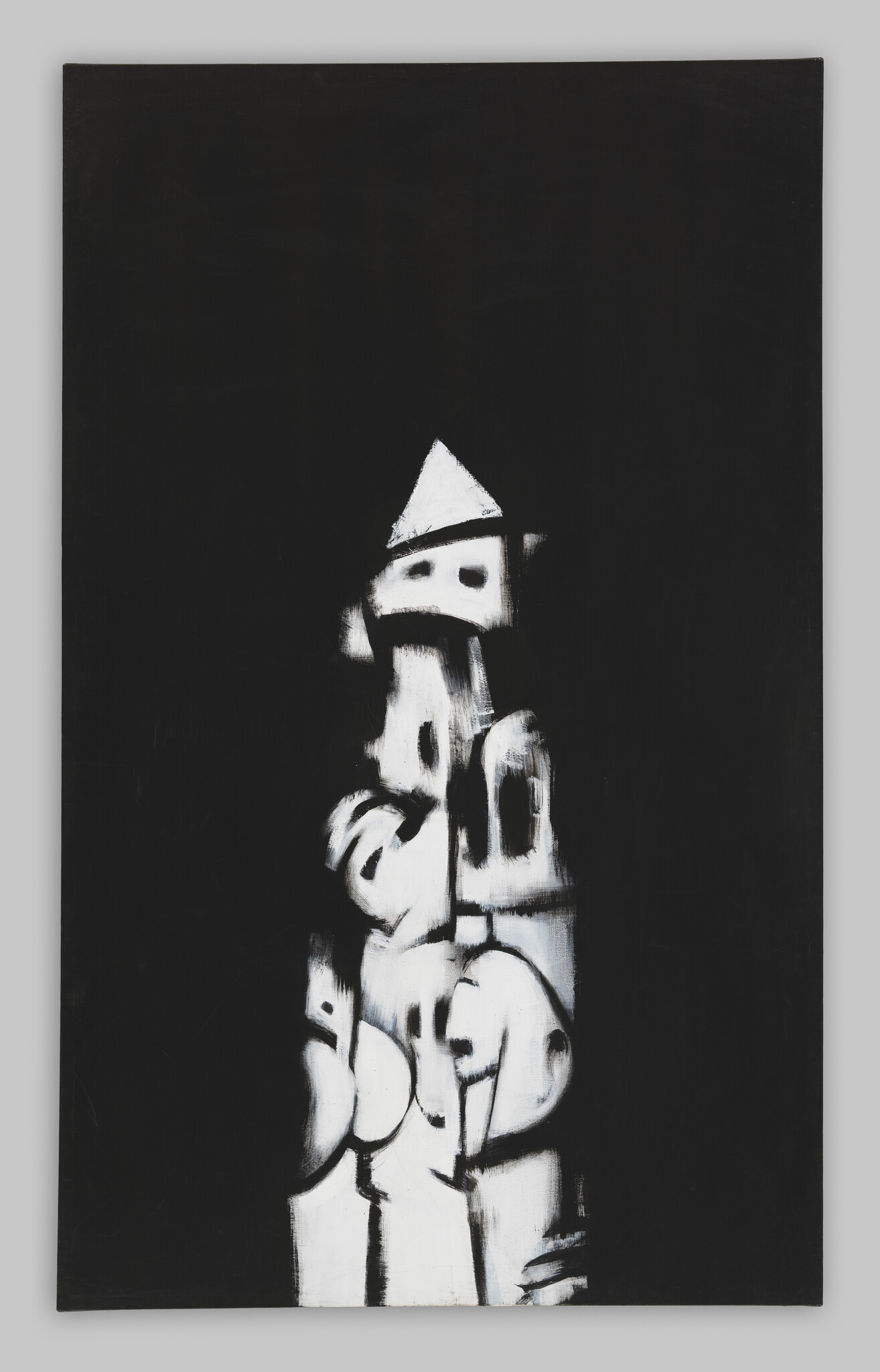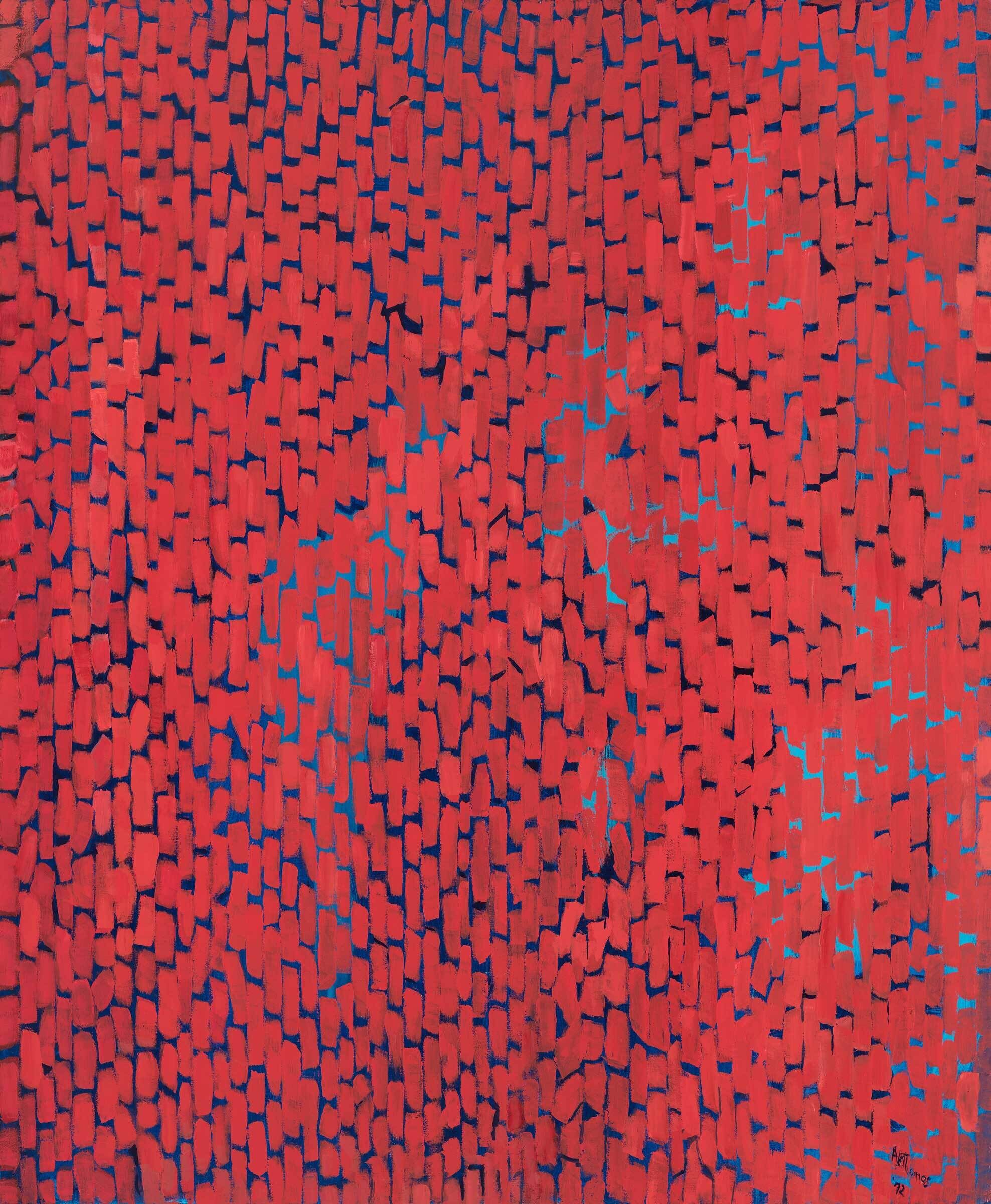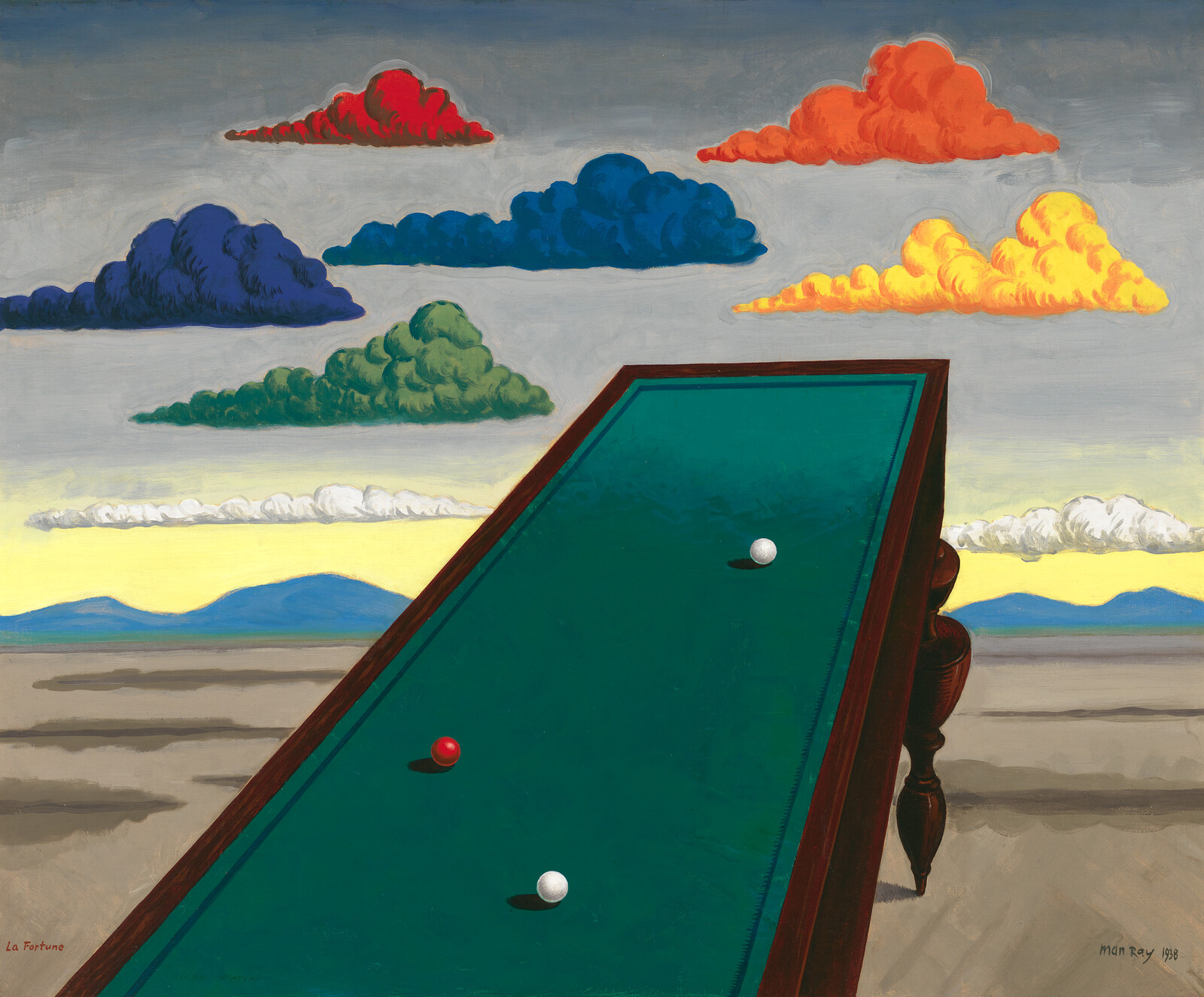Norman Lewis, American Totem, 1960
Dec 11, 2019
0:00
Norman Lewis, American Totem, 1960
0:00
Narrator: Norman Lewis made this artwork, American Totem, in 1960. Instead of addressing racial inequality through representational styles, Lewis turned to abstraction, like many of his contemporaries. He saw action painting, or Abstract Expressionism, as a way to speak to Civil Rights issues.
Norman Lewis: I used to paint Negroes being dispossessed, discrimination, and slowly I became aware of the fact that this didn't move anybody. I found the only way to solve anything was to go out and take some kind of physical action. I find that civil rights affects me, so what am I going to paint, what am I going to do. I don't know. I am sure it will have nothing to do with civil rights directly but possibly I just hope that I can materialize something out of all this frustration as a black artist in America. I think it has to come from black artists.
Narrator: The white, triangular shapes in this painting refer to hoods worn by members of the Ku Klux Klan, a white supremacist hate group.
Norman Lewis: I was born in New York, Harlem. Somebody said violence is as homogenous as apple pie to America. And this is true, you know, but we don't realize it. White America is so goddamn aggressive that it negates anything that gets in its way.
[Oral history interview with Norman Lewis, 1968 July 14. Archives of American Art, Smithsonian Institution.]



